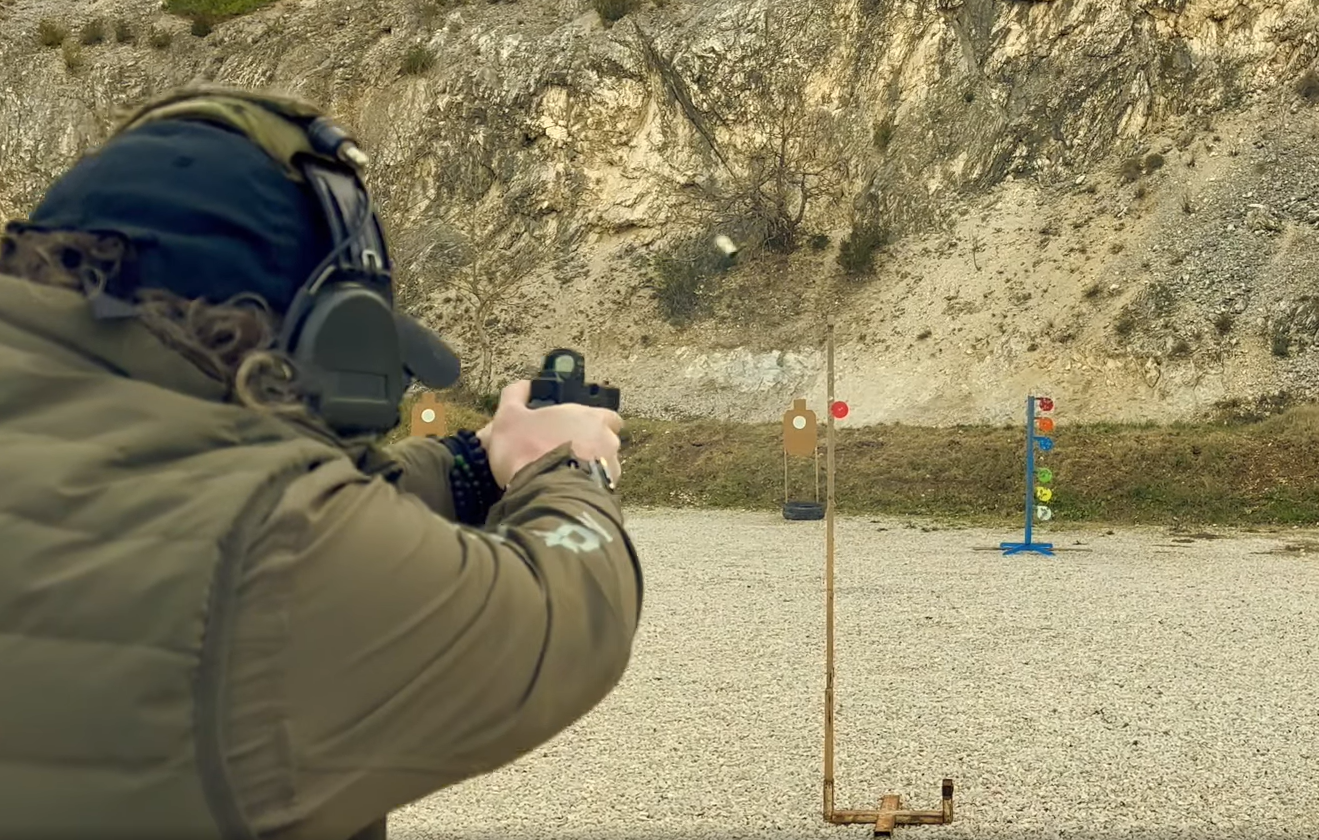THE VISUAL ABILITIES
To continue the argument regarding the problem of the differences between the shooting range and the training conditions and the real environment and its dynamics, today we talk about Visual Abilities.
To respond to many of you who have written to me in the comments or in the PVT messages how to train to obtain better effectiveness in training, today I present to you an excellent drill that you can carry out easily and which serves to improve one of the most important visual skills for those who handle a firearm: Accommodation, or rather to simplify, is the ability of the eye to quickly focus on a near and a distant object.
You must know that visual information is crucial for motor action.
Through it and other sensory afferents (auditory, vestibular, kinesthetic) a subject decides what type of action to perform, planning and controlling its execution.
The sense of sight is our predominant sense at 83% compared to 12.50 for hearing, but in polygonom we continue to use a single auditory stimulus to measure our reactivity. In every decision-making process, visual information is what most influences and conditions the decision.
The eye sees, the brain encodes, the body executes. There are various visual abilities, each of which characterizes some aspects of the work that our eyes carry out and which the brain processes and translates into decisions, actions and movements. Neuroscience and medicine offer us countless evidence on the absolute importance of neurovisual training. Here, in SIRT ACADEMY, neurovisual training and the implementation of visual skills applied to the firearm allow us to improve and speed up the mechanics of shooting.
Let me explain better, through specific neurovisual and neuromotor training programs, we are able to improve effectiveness on the target, speed up mechanics and biomechanics by bringing them to thresholds that would require thousands and thousands of shots on the range and which we obtain without shooting a single shot. I leave to you to imagine the savings in terms of time and costs.



